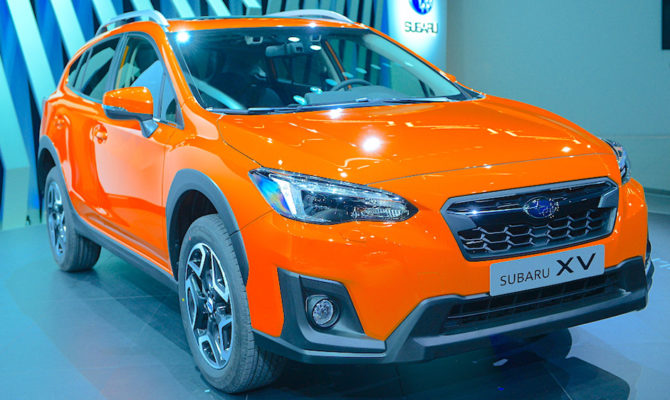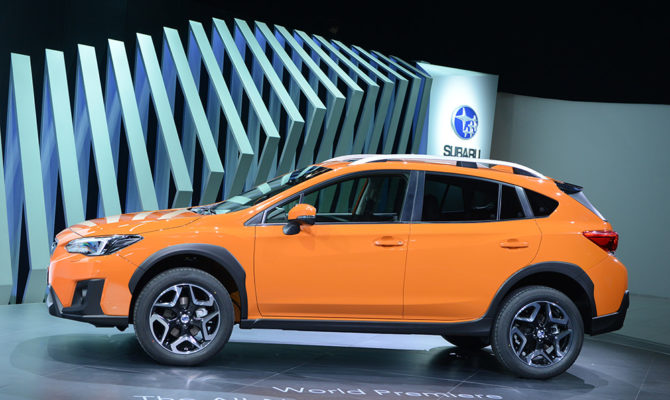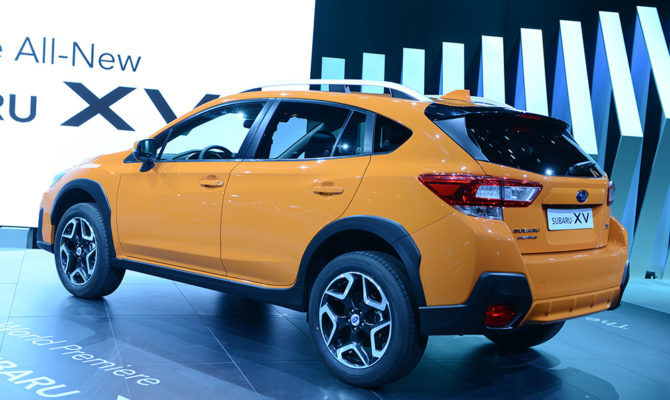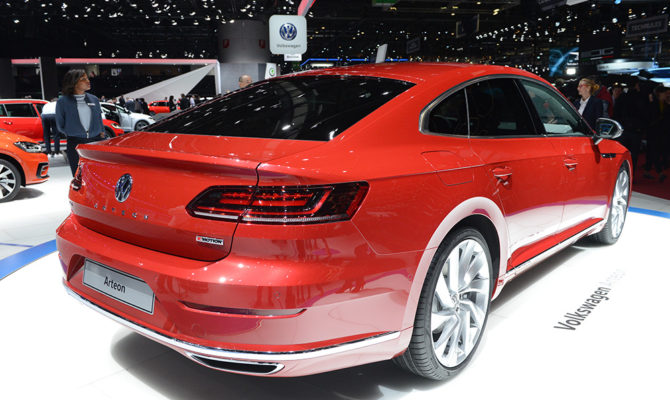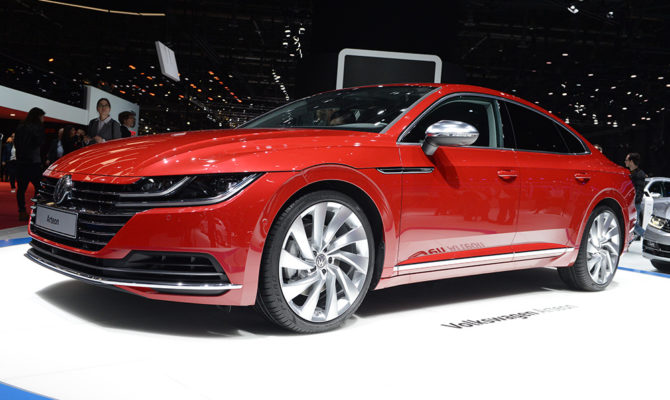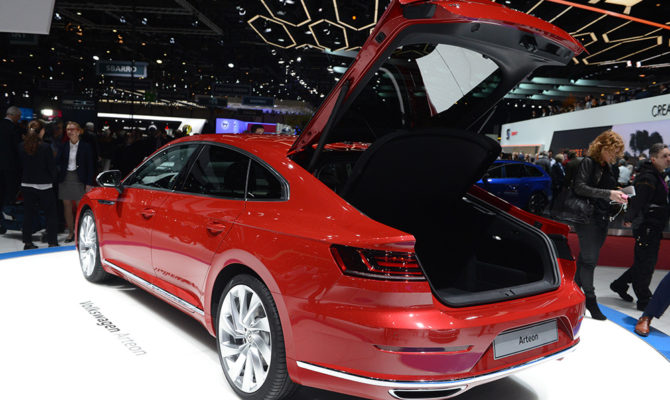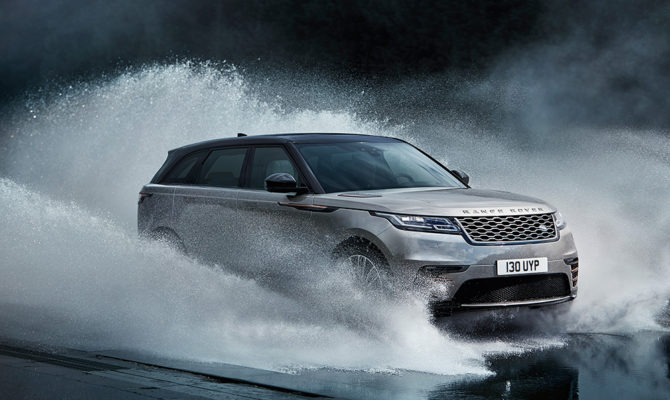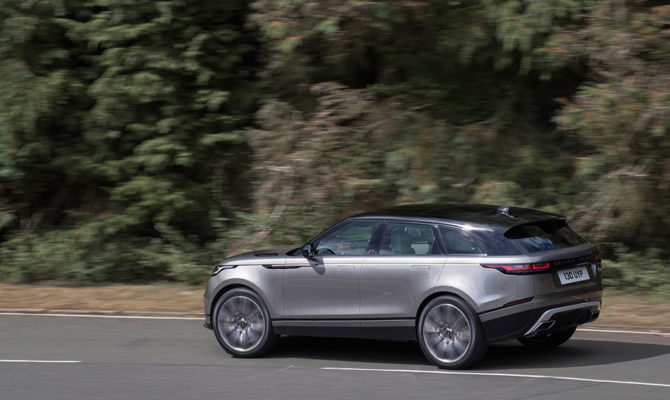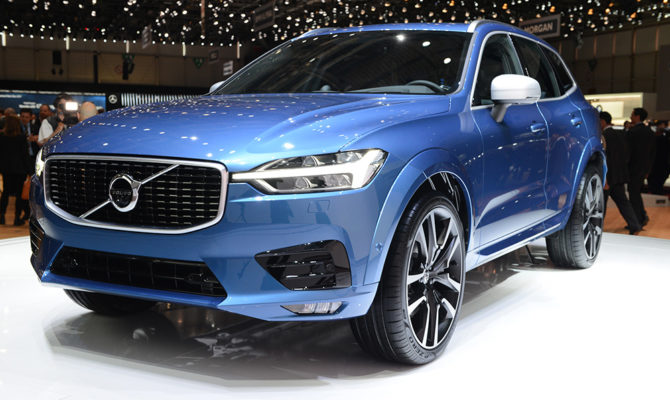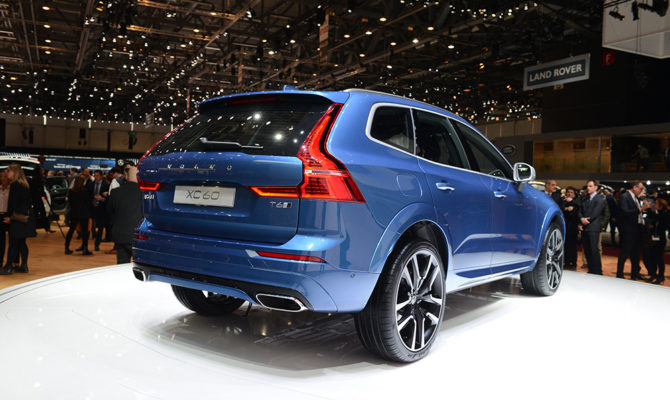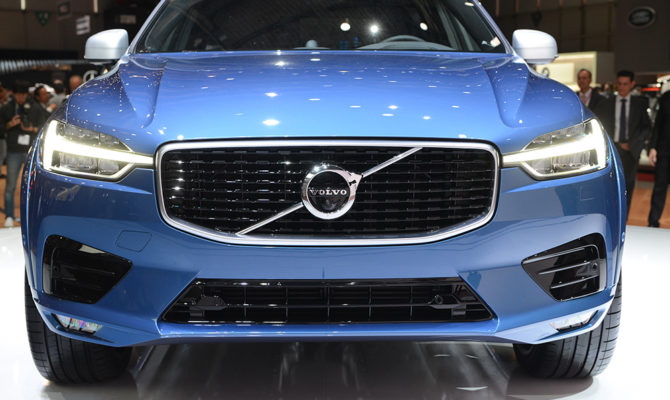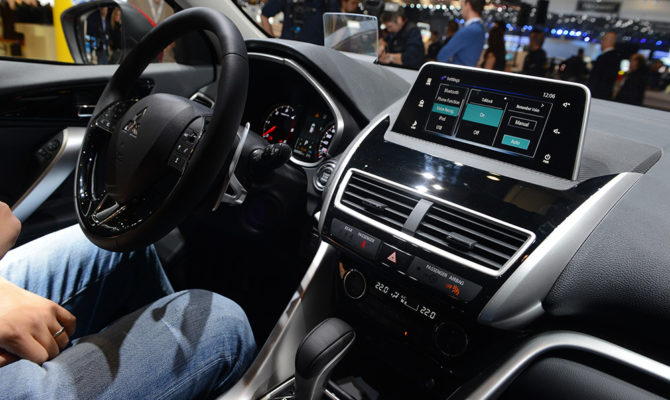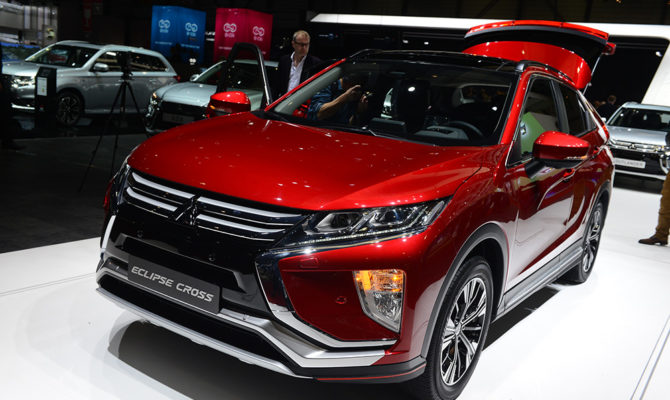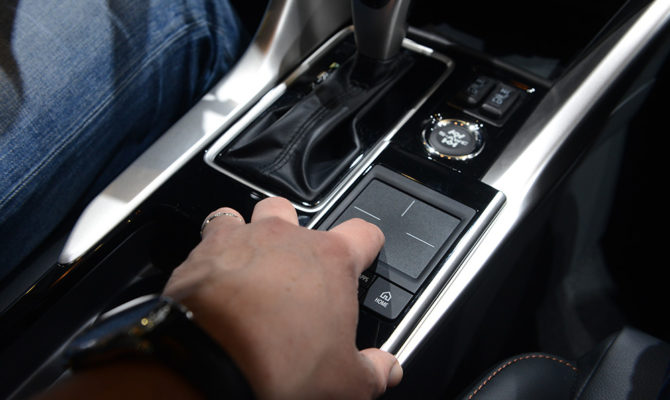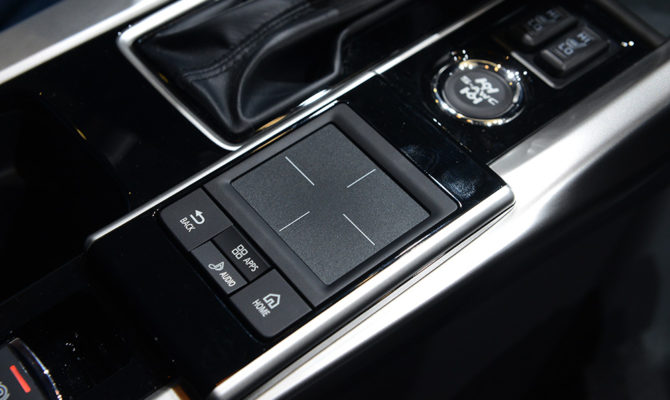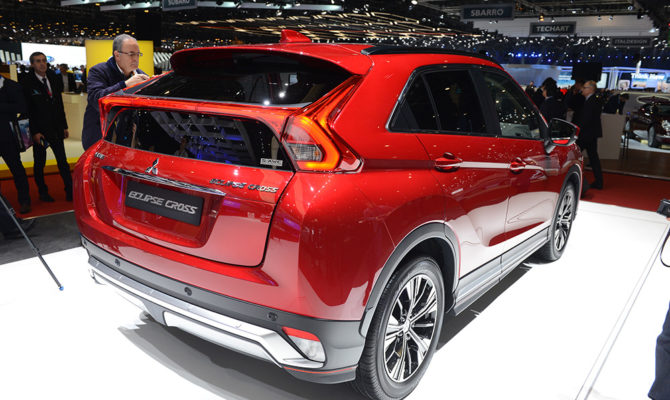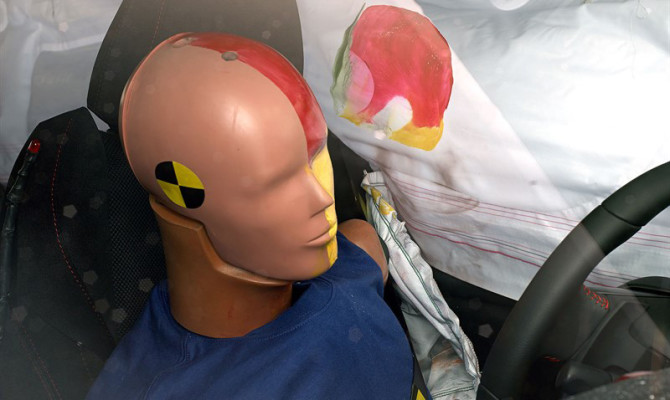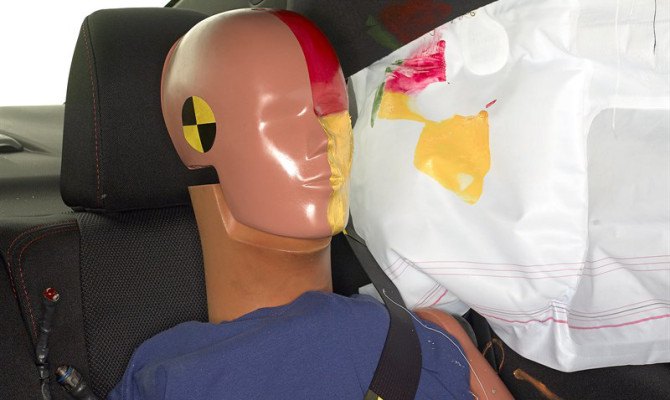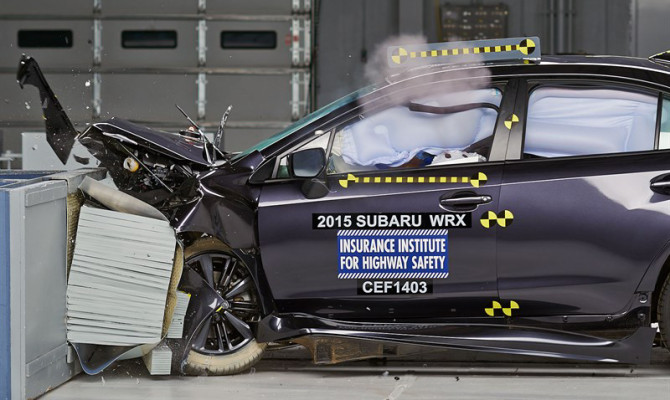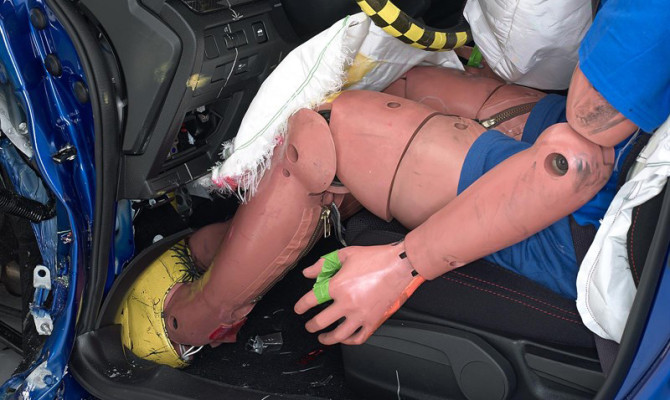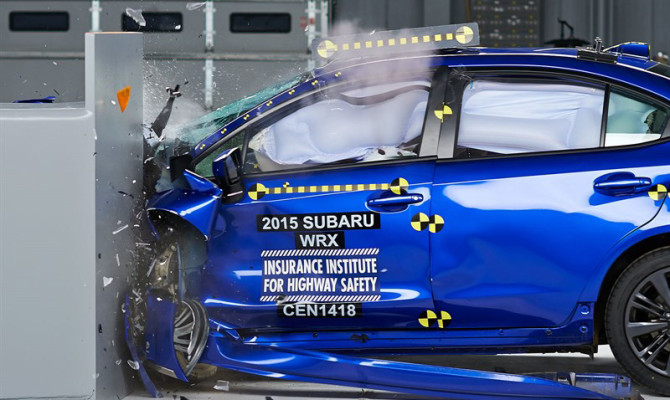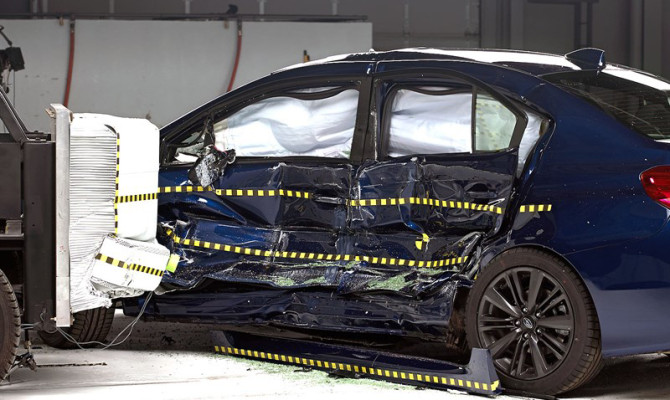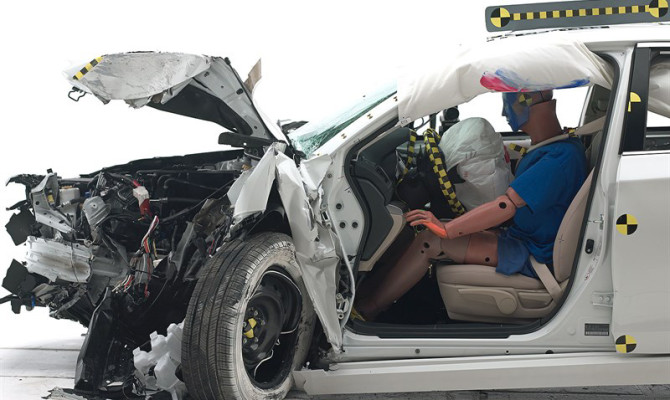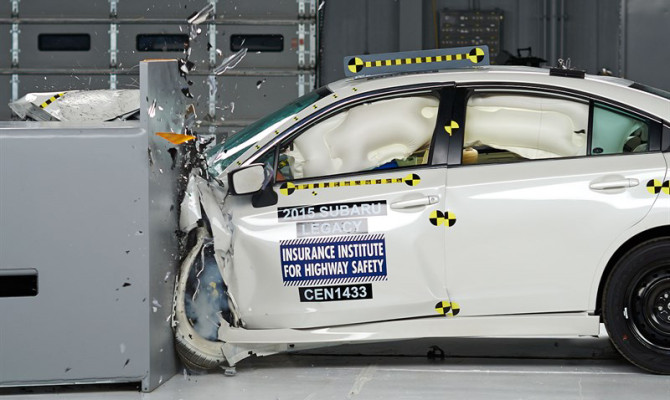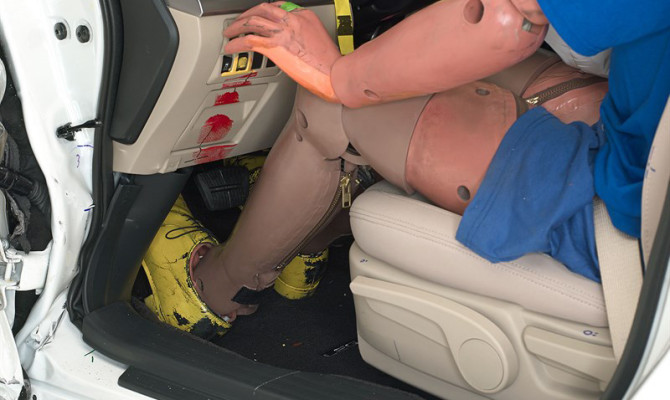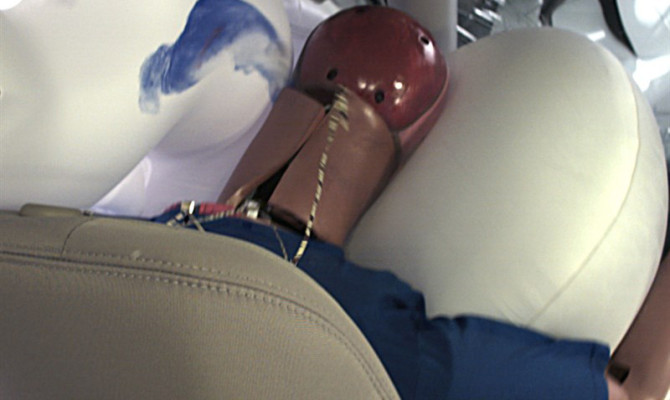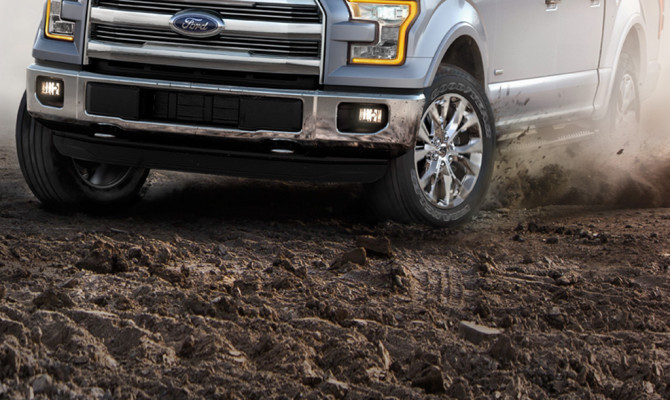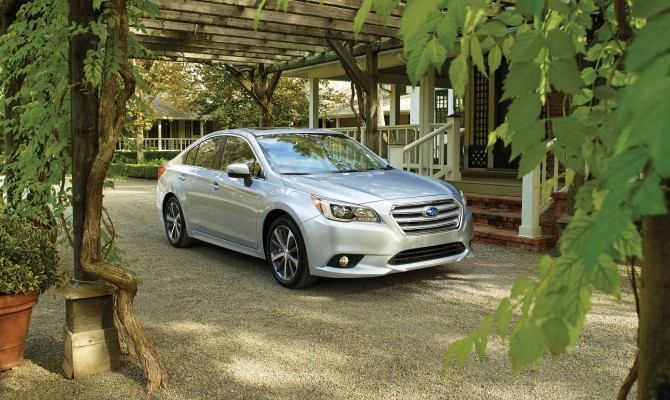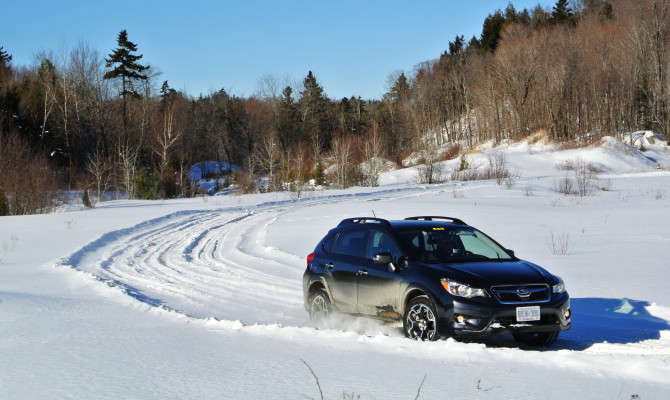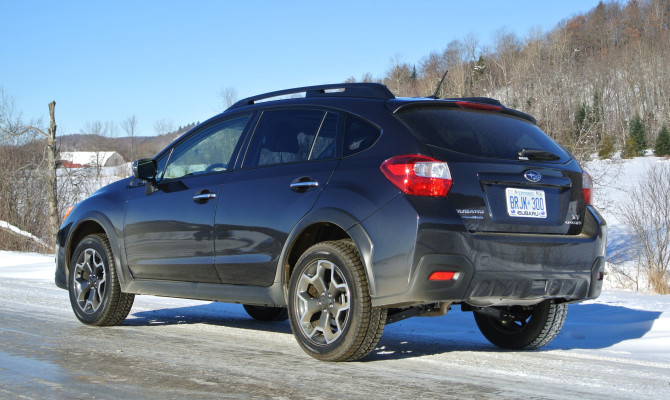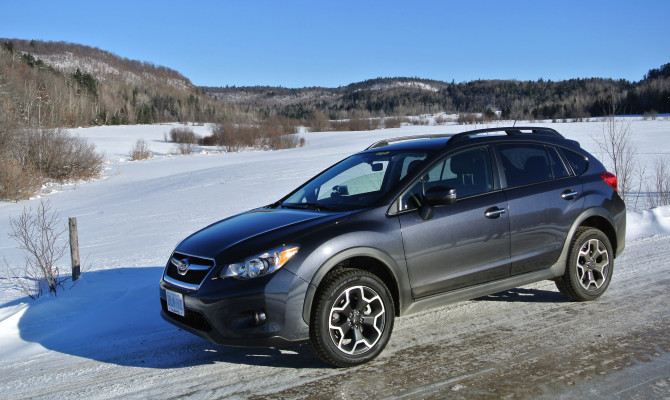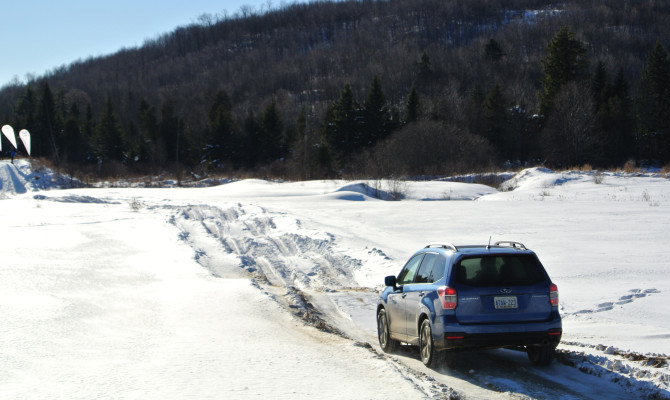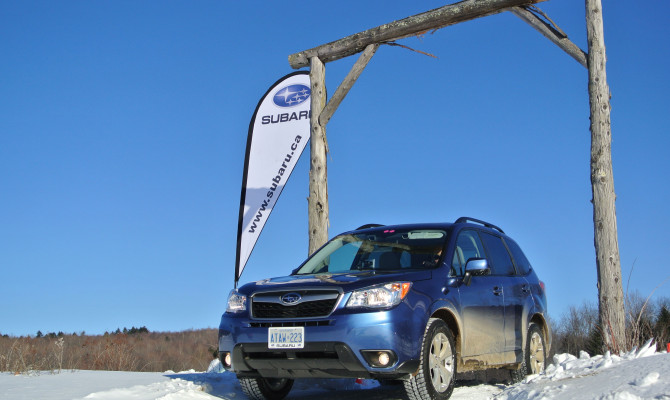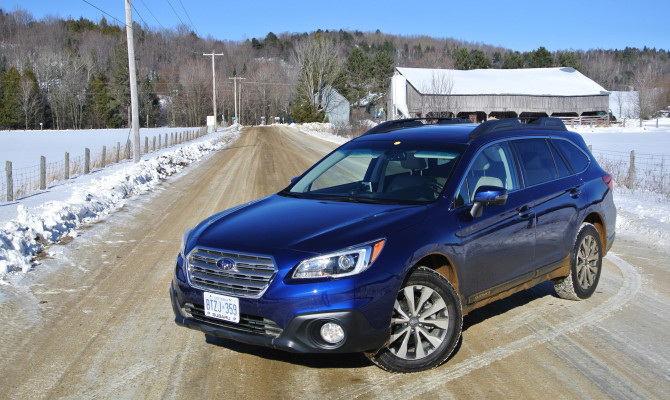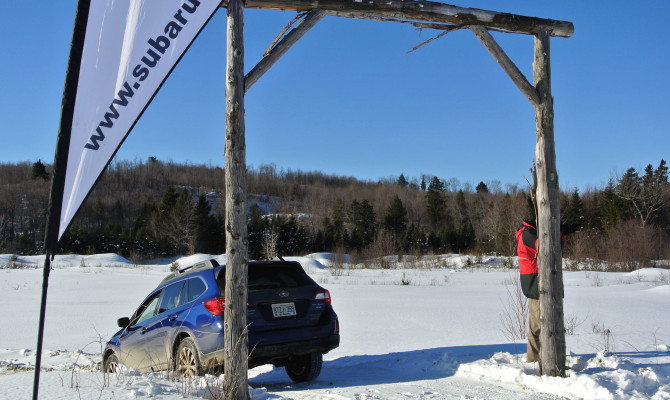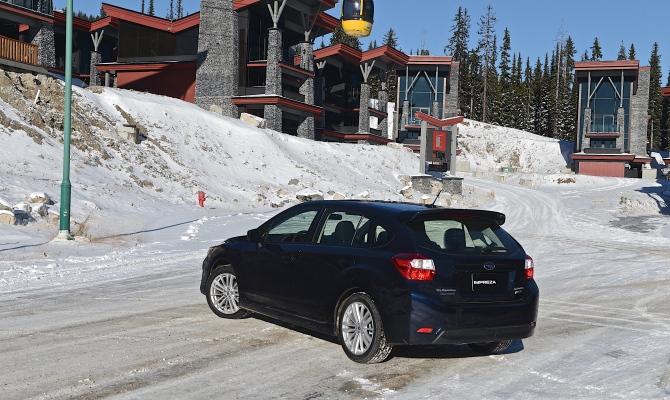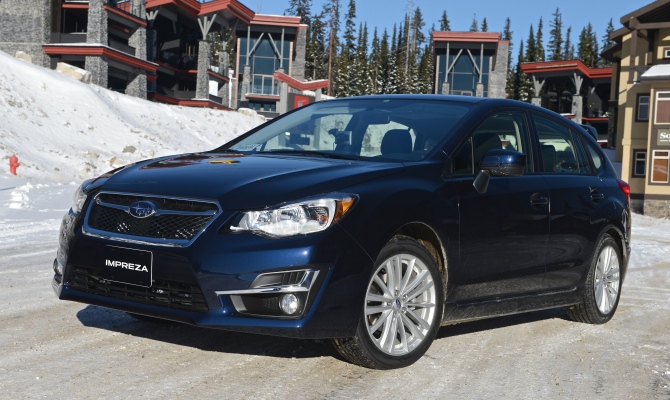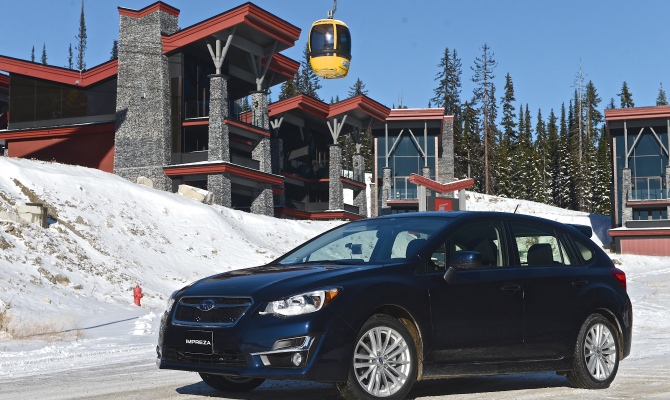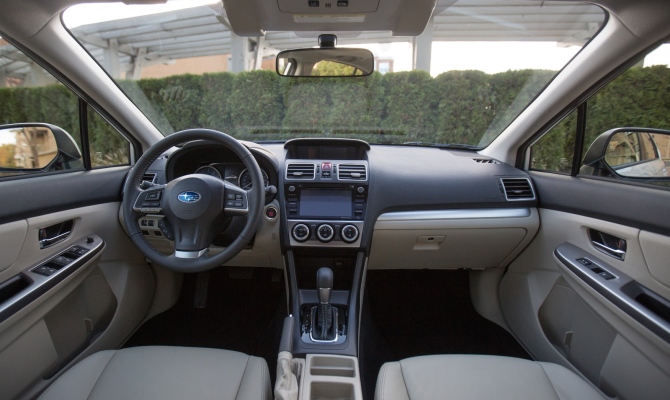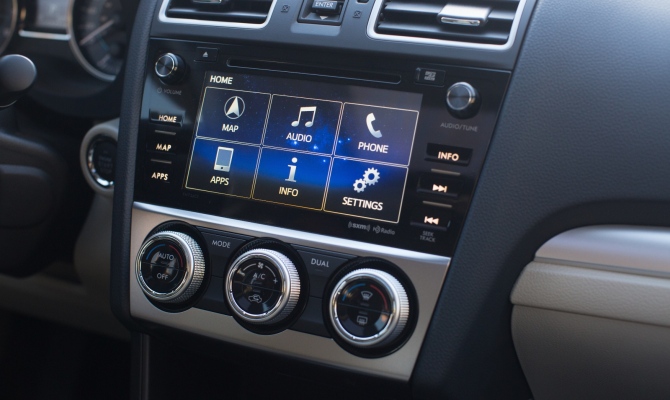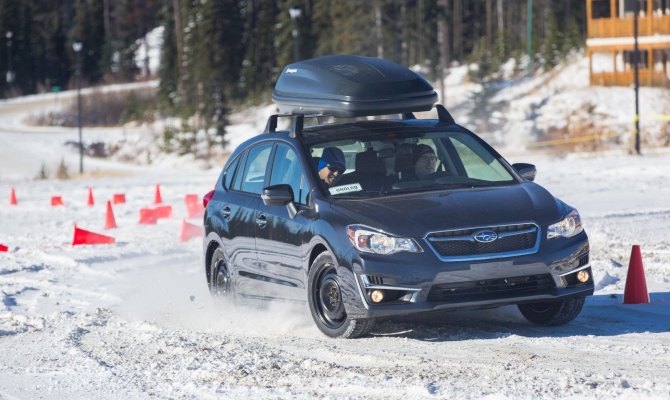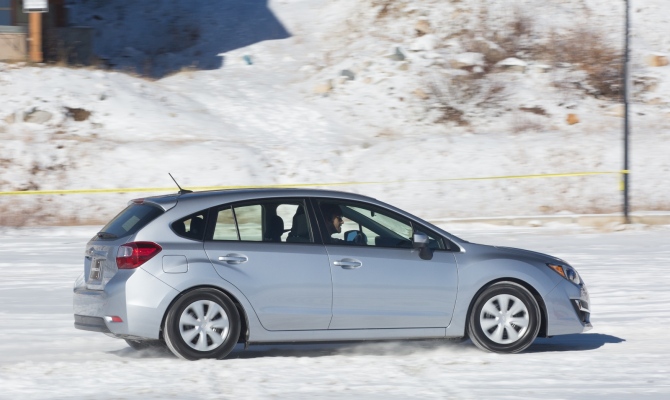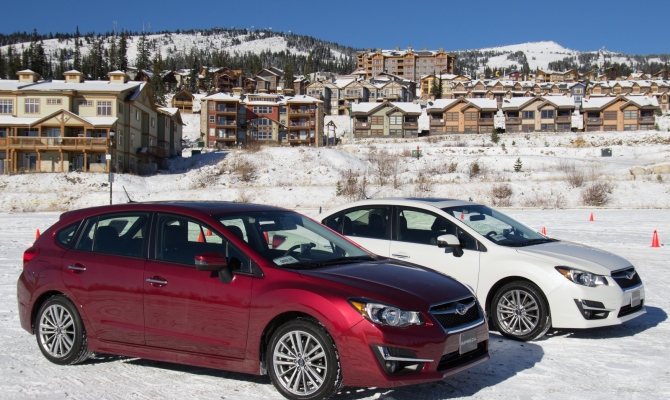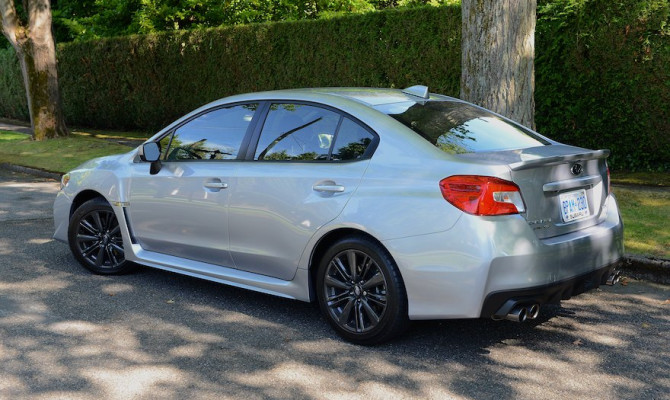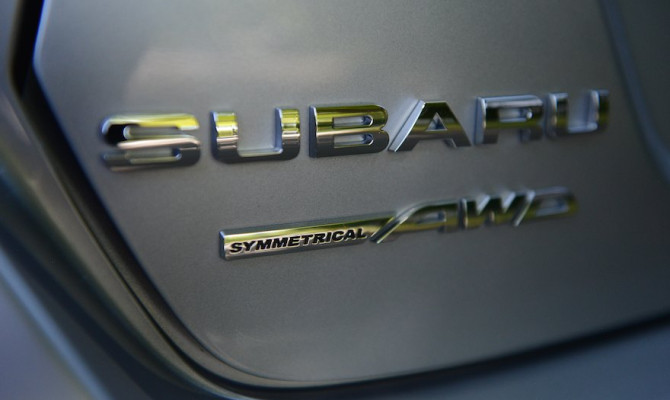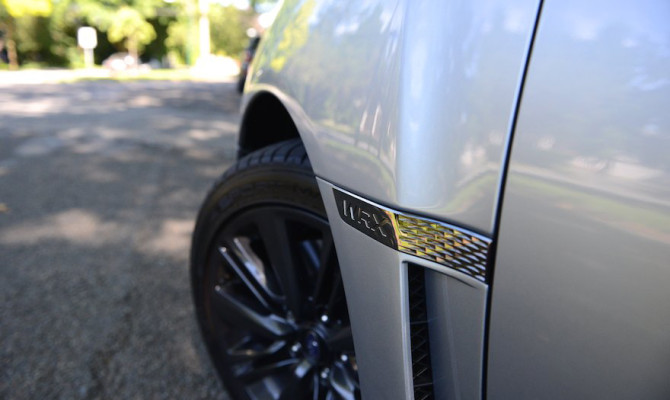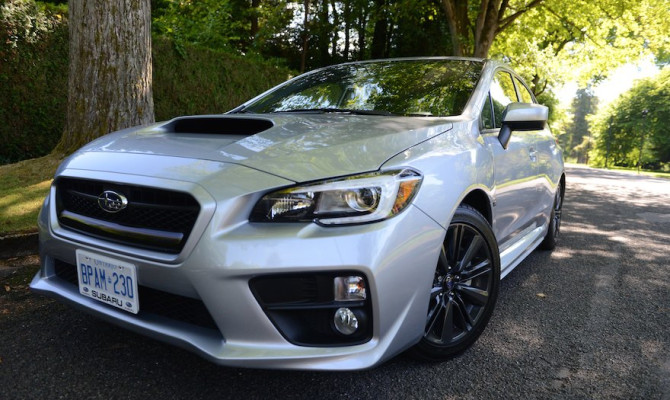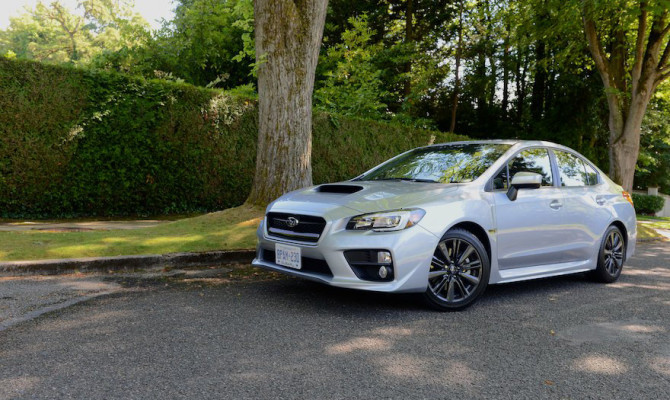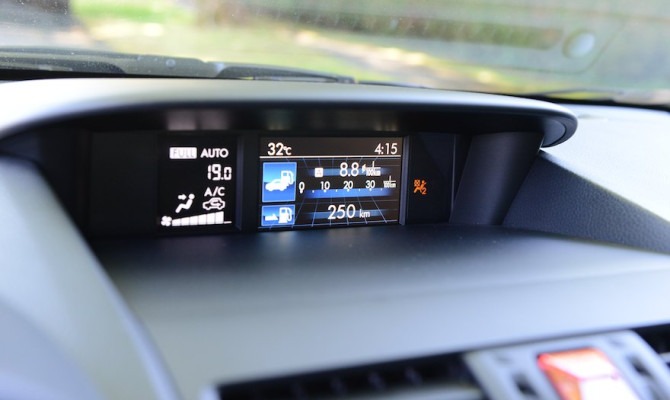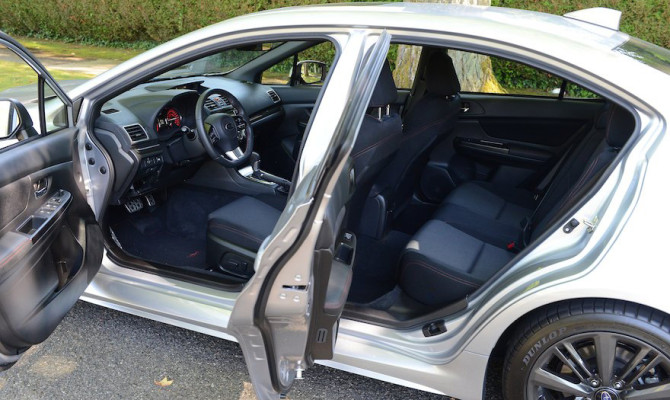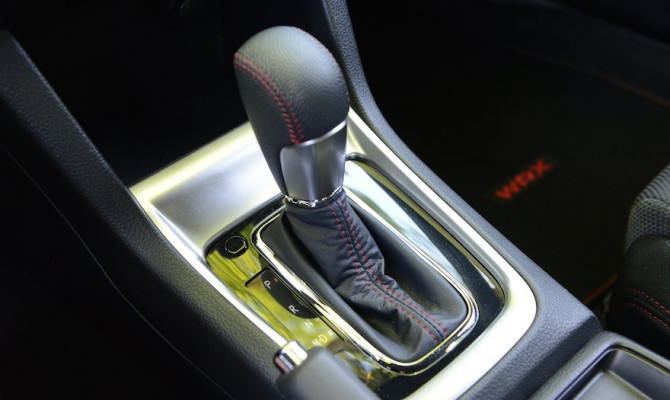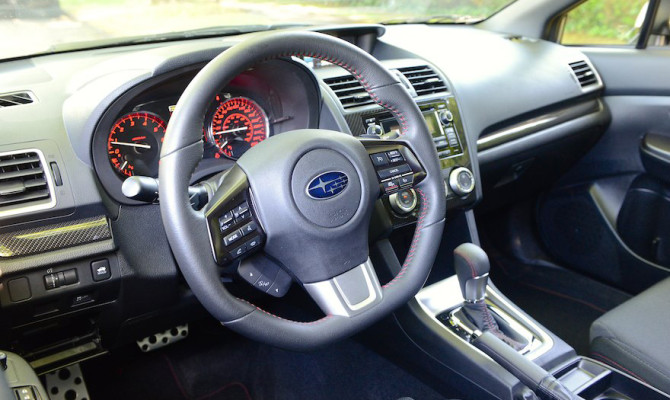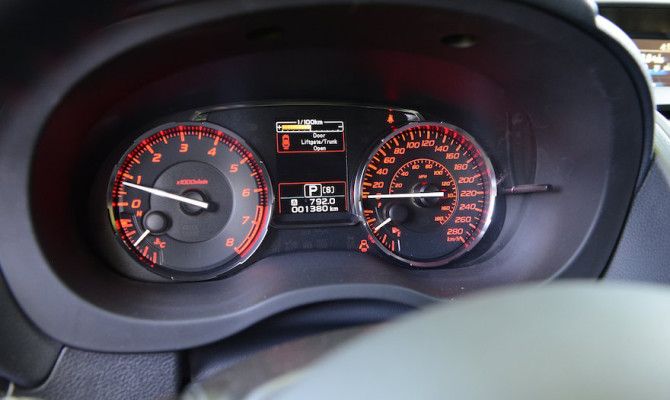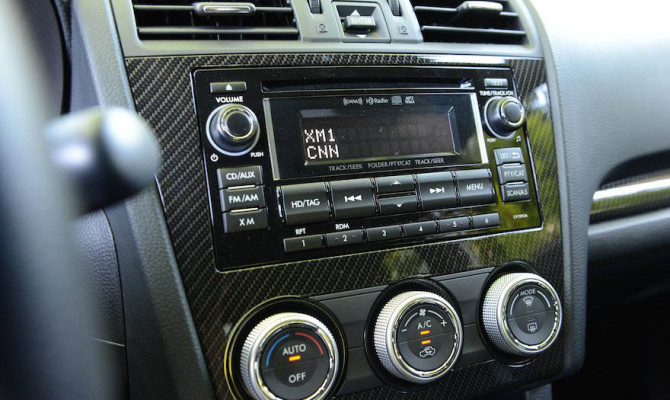Geneva, Switzerland –The second largest auto show on the European calendar is staged in scenic and historic city on the lake bearing the same name.
Typically, many cars are unveiled here that just don’t make it to our side of the pond but this year was different – several notable reveals will make it here.
Subaru Crosstrek
The Subaru Crosstrek has been a huge hit for Subaru with the highest satisfaction among Subaru owners ever since the original arrived in 2013. The all-new Crosstrek is built on the same Global Platform as the recent Impreza. The goal was to make a much more sophisticated driving car with world class safety. Another major selling feature of Subaru cars is the advanced safety suit called Eye Sight which is available, plus the introduction of dynamic headlamps with auto high beam and low beam. The goal was to achieve the IIHS Top Safety Pick Plus with these new features. The new platform is much more rigid and with a 2.0L direct injection 4-cylinder, standard all-wheel drive and an impressive 220mm of ground clearance, this go anywhere crossover is targeted for city dwellers who like to head out of town on the weekend. The new Crosstrek arrives this summer.
VW Arteon
VW is back in the big car market with a stylish GT sedan with impressive design and a practical layout. The Arteon is a mid-to-full-size four-door sedan with a coupe-like roofline and hatchback layout; like Audi’s A7. Built on an elongated platform shared with the Golf and upcoming Atlas SUV, the Arteon is a foray into the premium space. The Arteon will go on sale in Europe later this year with standard AWD and six available engines. For the Canadian market expect to see the Arteon arrive next year. Engines have not been announced for the Canadian market but a good bet would be a turbo 4-cylinder base engine and an optional V6, as has been announced in the Atlas SUV.
Range Rover Velar
The Velar is based on the same platform as the F-Pace Jaguar cousin but has a design that is all Range Rover. This stunning SUV is placed between the Evoque compact SUV and the Range Rover Sport. For the Canadian market it will be priced, starting at $62,300, which is $12,000 more than the F-Pace. It will be available with a turbo 4-cylinder diesel or a 380hp supercharged V6. Unlike the F-Pace the Velar will be available with an adjustable air suspension for off-road duties. The interior is much more polished than the F-Pace featuring two 10-inch centre screens for car controls and infotainment readouts. The rather sparse interior of the F-Pace is replaced with cloth and quilted accents that do look more upscale. The exterior of the Velar is like the Range Rover Sport and due to the popularity of that vehicle, this smaller option will be a massive hit for Range Rover. The Velar will be available this summer
Volvo XC60
Volvo has been on a vehicle renaissance lately with the highly successful XC90 crossover winning the North American SUV of the Year award last year. For 2017 Volvo hopes to capture lightning in a bottle twice with the smaller XC60. This new version will be available before the end of the year and should be a hit because it looks and shares many of the same components with the award winning larger sibling. The same turbo and supercharged 4-cylinder engine is standard with an available plug-in hybrid model. The interior features the same layout and the same level of finish is present. With a smaller and more agile footprint, plus Volvo’s reputation for advanced safety features will help accelerate the rented interest in the Volvo brand.
Mitsubishi Eclipse Cross
Some might remember the Mitsubishi Eclipse name on a car but the trend these days is to crossovers, so the name has been resurrected on the latest model called Mitsubishi Cross. This all-new crossover will sit between the RVR and Outlander models in size. With a turbocharged 1.5L 4-cylinder engine and continuously variable transmission, the target might be the Honda CR-V with similar tech. The design is sharp and looks like a fastback from some angles. The rear styling is edgy and might be a bit polarizing. The interior is a major step forward with a touch-pad controller for the new centre screen and the materials look fresh and upscale. The Eclipse Cross will arrive towards the end of this year.
The real world slippery conditions gave us the perfect opportunity to put sedan and hatch versions through their paces and they passed with flying colours.
(more…)
“It’s not the Subaru Forester’s first rodeo when it comes to finding itself in a sticky, messy, or dirty situation and then taking care of it.” (more…)
“Pet safety is very important to Subaru as more than half of Subaru drivers are pet owners.”
Subaru is working with the Centre for Pet Safety to crash test pet safety products.
A recent survey revealed that 56 per cent of North American pet owners drive with their pets aboard and 20 per cent admitted to travelling with a pet in their lap.
Subaru will help promote the safety of beloved four-legged companions by funding the non-profit research and advocacy organization’s testing of pet crates and small carriers in crash situations. The study, designed by CPS, will include an investigation of crate connection options for pet owners who travel with their pets, as well as examine crate and carrier structural integrity, and gather data necessary to formulate testing and crate performance standards.
The partnership continues the work that began in 2013 with the testing by CPS of pet harnesses. The resulting Harness Crashworthiness Study uncovered major differences in performance of popular pet restraints, with many resulting in catastrophic failure that could cause serious injury to both the pet and vehicle passengers. The goal of the study was to highlight the importance of driving safely with pets and to complete the first formal test protocol and independent ratings guidelines for pet travel harnesses, published by CPS in 2014.
“We want to make pet parents aware of proper safety measures they can take to help protect their pets. Following the previous study with CPS, we were delighted to support this next stage in testing,” said Michael McHale, Subaru’s director of corporate communications. “Pet safety is very important to Subaru as more than half of Subaru drivers are pet owners, with over 69 per cent of them owning at least one dog. We feel a sense of responsibility to inform pet parents of safety measures they can take.”
Subaru and CPS will once again enlist MGA Research Corporation, an independent National Highway Traffic Safety Administration (NHTSA) contracted testing laboratory, to conduct rigorous crash testing on commonly available pet safety products using realistic, specially designed crash test dogs. The results, including a crate-sizing guide and best practice for securing pets in vehicles, will be shared later this summer.
“No performance standards or test protocols currently exist for pet crates or carriers, and while many pet safety product manufacturers claim to test their products, they can’t be substantiated without uniform test standards and protocols,” said Lindsey Wolko, Center for Pet Safety’s founder and CEO. “We are very excited to once again have the support of Subaru, allowing the independent examination of pet crates and carriers. Subaru understands the importance of safety of all passengers including our four-legged friends.”
Research results can be viewed at www.CenterforPetSafety.org; to view video of the crash-testing visit youtube.com and search Center for Pet Safety.
Contact the writer at keith [dot] morgan [at] drivewaybc [dot] ca
“Voting for Canadian Car of the Year started when 73 automotive journalists from all parts of Canada gathered for a five-day test-drive evaluation.”
The Automobile Journalists Association of Canada (AJAC) has announced (… drum-roll, please) Subaru Legacy as the 2015 Canadian Car of the Year and Ford F-150 as the 2015 Canadian Utility Vehicle of the Year.
“Subaru had an outstanding year in 2014,” said Shiro Ohta, chairman, president and CEO of Subaru Canada, Inc. “In the past year, Subaru sold a record number of vehicles and celebrated a new milestone in company history with unprecedented sales success. This award from AJAC is a wonderful tribute to our recent achievements.”
The completely redesigned 2015 Subaru Legacy was engineered in Japan and is now built in the USA. Legacy is the only car in its class with standard all-wheel-drive. A variety of engineering changes, including Active Grille Shutter system and a new (CVT) automatic transmission, have helped achieve a substantial improvement in fuel economy.
The greenest Legacy comes with a PZEV version of its 2.5-litre horizontally opposed (Boxer) 4-cylinder engine and the top line editions come with a 3.6-litre engine. The new Lineartronic CVT has a lock-up torque converter and a manual paddle shifter operating mode.
Legacy boasts one of the roomiest interiors in the midsize sedan segment and has received “Top Safety Pick” rating from Insurance Institute for Highway Safety. It’s also probably more affordable than you think, as new Legacy has a start price of just $23, 495 (manual) and $24,795 for the CVT edition.
To reach the final stage of this annual competition Legacy first claimed the Best New Family Car (under $30,000) award, when the initial category winner votes were tabulated. The other three auto candidates for this (best of the best) top award were Hyundai Genesis, Mercedes-Benz C300 4MATIC and the Volkswagen Golf.
Utility Vehicle of the Year, the Ford F-150 is familiar with the AJAC awards podium, as it already scooped the 2015 Best New Technology Innovation Award earlier this year. And this is the F-150’s second overall Canadian Utility Vehicle of the Year Award, having also claimed it back in 2004.
“We are honoured that the 2015 F-150 has been named AJAC’s 2015 Utility Vehicle of the Year,” said Dianne Craig, president and CEO, Ford of Canada. “Our game-changing use of aluminum alloy is raising the competitive bar for pickups and we are humbled to be considered an innovator in the industry, committed to providing our customers the most capable and fuel efficient pickup ever.”
Ford uses a special heat treatment that nearly doubles (compared to steel) the strength of the military grade aluminum (magnesium) alloy body panels used in the new F150, making them more resistant to dents. A lighter truck body increases payload and towing capability and it also has positive influences on braking, handling, ride and acceleration.
Massively popular, the F-150 is already the top-selling vehicle in Canada and has been for the last five years. Ford F-series has been the best-selling truck in Canada for 49 consecutive years. Other finalists for this award were the Porsche Macan and Subaru Outlander.
Voting for Canadian Car of the Year started when 73 automotive journalists from all parts of Canada gathered, last October in Niagara Falls, Ontario, for a five-day test-drive evaluation event known as “TestFest.” It was hosted by the Niagara Parks Commission, Shell Canada was the official fuel supplier and the accounting firm KPMG tabulated all vote results.
Same-day, back-to-back testing is done to ensure fair and objective comparisons. At this year’s event 1,640 test drives were made by journalists and this yielded approximately 106,405 data points and over 500 category ballots. Complete voting data and performance test results are available on the AJAC web site: www.ajac.ca
“TestFest is the most intensive new vehicle evaluation process on the planet,” said Canadian Car of the Year Co-Chair, Gary Grant. “No other organization employs such stringent testing methods to determine their car of year award winners. Data driven and Canadian expertise: that’s what makes an AJAC winner.”
“The pillars on which these cars are built are the fundamental blocks that allow their owners to put their faith in them and have a blast while doing it.”
Montebello, Quebec.
The 2015 Subaru XV Crosstrek, Forester and Outback have no problem showing the snow who is the boss.
They don’t even break a sweat if you’re commuting on surfaces that yield minimal traction or when putting the Subaru Symmetrical AWD system through its paces on a winter off-road course.
Let’s take a moment to talk about what make’s Subaru’s system so potent in the snow or on slippery surfaces. To start, Subaru designed its AWD system for perfect balance. The boxer engine, transmission, and differentials create a symmetrical layout left to right. This increases stability in every situation, as there is less weight transfer from side to side.
Also, unlike the competitors, each vehicle is designed from the ground up to have a symmetrical AWD system as a standard feature. This makes the chassis and powertrain a harmonious match. Other competitors often start with a 2WD system and add AWD to the same chassis.
It’s that kind of symmetry and engineering that instills confidence in Subaru owners.
More than 96 percent of Subaru vehicles sold in the last 10 years are still on the road today.
The symmetry allows for predictable and stable power delivery to each wheel, which was apparent in my test drive. With the traction control (VDC) on, you might experience a little bit of slippage if you go into a corner too hot.
But within moments, you’ll have your back end back where it should be. Yes, it’s a little bit of a killjoy if you’re honing your skills to qualify for a driver’s seat in WRC, but for 99.9 percent of the owners, it’s a saving grace.
Subaru’s active systems do their best to keep the driver and its passengers feeling relaxed and calm behind the wheel. Such was the case as the temperatures in Quebec plummeted below -15C. The frigid yet abundantly sunny day seemed like a perfect pair for taking the aforementioned Subarus for a test.
Starting the day with the XV Crosstrek, which has an MSRP of $24,995, was a treat. This light-on-its-feet crossover has charm and character. Even with the available CVT transmission, it’s pleasant to drive and has the ingredients to make it a desirable all-season kind of vehicle.
Next came the Forester. At a starting MSRP of $25,995, this five-passenger Subaru has some great qualities. Its high seating position elevates the driver to have a great field of vision and the roomy interior and excellent cargo capacity off 974L (seats up), or 2,115 L (seats down) sure fits a lot of stuff inside.
Lastly, and my favourite of the batch, was the all-new 2015 Outback ($27,995.)
Maybe it’s because I love wagons, or the fact that there’s an impressive 1,005 litres of cargo space behind the rear seats (2,075L with them folded), or that you can get it with a 6-speed manual, it’s a very well-balanced vehicle. Not to mention comfortable and quiet too.
Both the Forester and Outback have a little something extra, too. The CVT equipped models feature X-Mode, a system that further helps you gain more traction in low traction environments, and comes with hill descent control.
All of these great cars come with 220 mm of ground clearance, meaning you can save your money on a snow shovel! Okay, that’s not entirely true, but that ground clearance allows you to trek deeper off the beaten path if that’s what you’re into.
Throughout the day’s activities, whether it was engaging the X-Mode system while stopped in the middle of a snowy incline, or allowing the hill descent control to work its magic descending that same snowy mound, one thing is certain: Subaru builds a strong product.
One might argue that they’re a little behind when it comes to styling and aesthetics. But not everyone needs the prettiest SUV on the market or one that is the most tech-savvy when it comes to infotainment.
The pillars on which these cars are built are the fundamental blocks that allow their owners to put their faith in them and have a blast while doing it.
Visit www.subaru.ca for more information.
“Green cars were in evidence in Montreal but when the shows reach the west, you can expect to see many more cars for the eco-conscious drivers.”
(more…)
“There’s a huge incentive for auto manufacturers to try to introduce unique trucks in an effort to expand their existing model lines and fatten corporate treasuries.”
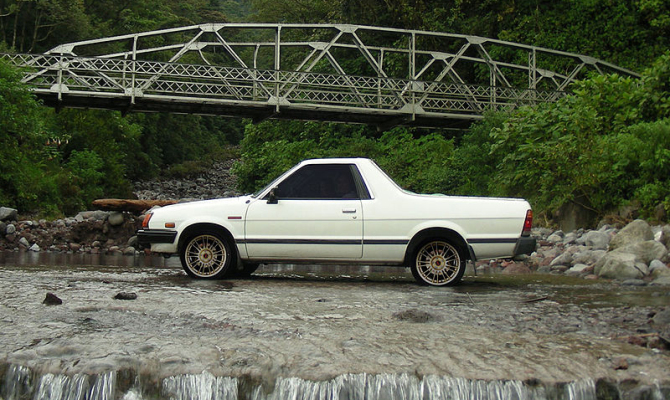
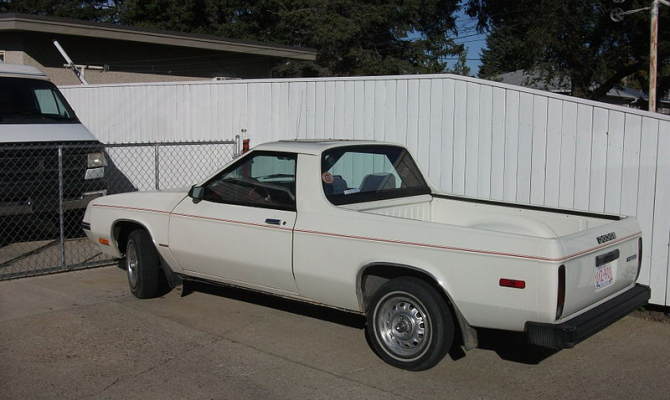
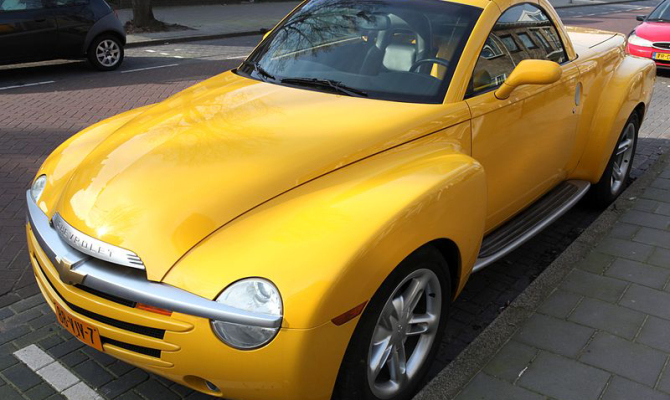
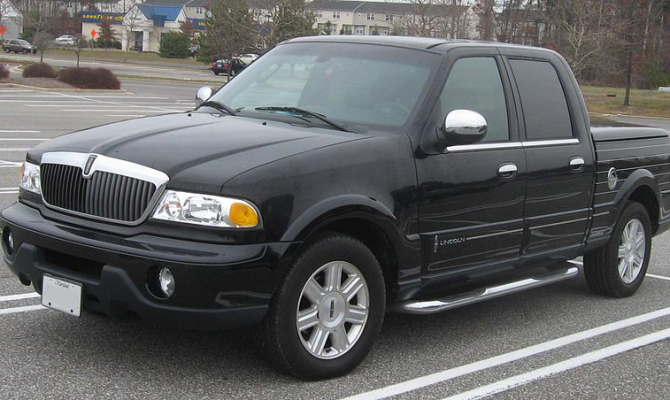
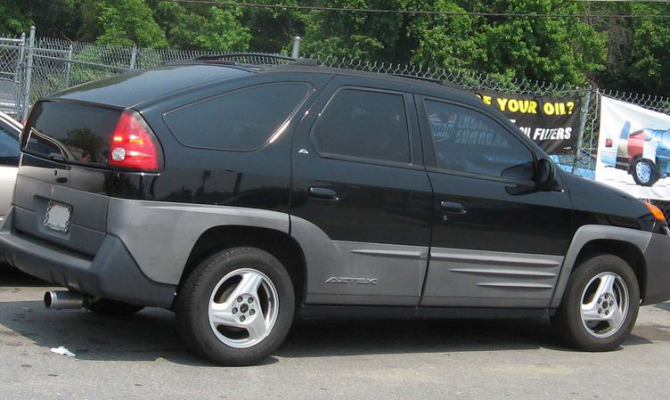
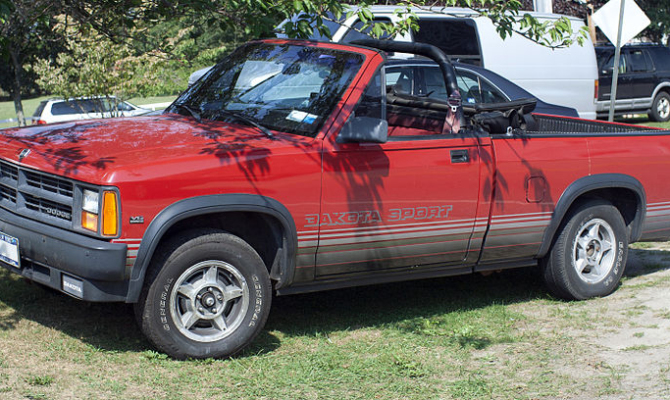
by Larry Pintz
Over the past two decades, America has become a land of truck drivers as SUVs, crossover SUVs, minivans and pickups have grown to account for the majority of light vehicle sales in the United States. In fact, the most popular vehicle in the world for more than three decades has been the Ford F-150, which, according to Morgan Stanley, accounts for 90 percent of Ford Motor Company’s global profits.
Given that kind of profit margin, and considering that in a typical year 16 million new vehicles are sold, there’s a huge incentive for auto manufacturers to try to introduce unique trucks in an effort to expand their existing model lines and fatten corporate treasuries.
For the most part, these efforts succeed. Neither a Cadillac Escalade nor a BMW X5 seem as strange as they did a decade ago. But here are other efforts that seemed like a sure bet but somehow missed the mark.
1978 Subaru Brat/2003 Subaru Baja
The product plan: Chevy was reaping fat profits with its rear-wheel-drive, midsize, car-based El Camino, as was Ford with the Ranchero. Subaru took the plunge with the four-wheel-drive Brat. The carmaker repeated their folly with the 2003 Baja.
So what happened? Brat stood for “Bi-drive Recreational All-terrain Transport.” Based on the company’s compact sedan platform, the Brat’s practicality was limited by two rear-facing seats mounted in the cargo bed, which offered little protection from weather or accidents. The Baja was a similar effort, minus the cargo bed seats.
1982 Dodge Rampage
The product plan: Like Subaru, Dodge eyed the fat profits made by Chevy and Ford with their car-based pickup trucks and designed the Rampage to fill the void. Unlike the Subaru, there were no chairs in the cargo bed.
So what happened? In light of the second Mideast oil embargo, Dodge converted their product line to front-wheel drive. So, the Rampage was built on a compact, front-wheel-drive car platform with four-cylinders. However, domestic buyers expected their trucks to have eight cylinders. Result? – This tiny truck’s name was a ruse.
1989 Dodge Dakota Convertible
The product plan: Since truck buyers increasingly use their vehicles as lifestyle accessories, why not offer the ultimate four-wheel fashion accessory, a convertible pickup?
So what happened? You have to admire then-Chrysler CEO Lee Iacocca and crew for offering something that had never been tried. Nevertheless, whether bought for image or utility, trucks have to look as is they’re ready to work. By contrast, droptops must look seductive. The Dakota offered neither.
2001 Pontiac Aztek
The product plan: Design a car-based crossover SUV with Pontiac design cues hung on a minivan platform to give the vehicle a sense of excitement while saving development costs. Then, name it after a dead civilization, but misspell the name.
So what happened? This is a car that made sense only inside the airless world of GM’s numerous corporate committees. That said, the Aztek has one interesting idea: the center console doubles as a removable cooler. Other ideas, such as the optional tent, were regrettable. And need we mention the styling?
2002 Lincoln Blackwood
The product plan: Casting a jealous eye at the success and profitability of the Cadillac Escalade, in reality little more than a leather-lined Chevrolet Tahoe, Lincoln did the same to its bestselling Ford F-150 pickup.
So what happened? At the time, Ford’s CEO, Jacques Nasser, didn’t fully understand the American market, which might explain why the cargo bed was lined with carpet. Even worse, the cargo bed cover was permanently attached; so it was better at hauling polo mallets than cargo pallets. Ford lost millions on this truck.
2004 Chevrolet SSR
The product plan: Chevy unleashed this convertible pickup concept truck at the height of Detroit’s obsession with retro styling. It elicited such a positive reaction at auto shows that Chevy chose to build it. Given Chevy’s lineup at the time, it’s no wonder.
So what happened? The old saw about those who do not learn from history being doomed to repeat it applies here. While the SSR looked better than the Dakota convertible, its miniscule 4-foot cargo bed rendered the truck useless. Toss in lots of chassis flex and a lofty $40,000-plus price tag, and its fate was assured.
Larry Pintz writes for Hagerty, the world’s leading specialist provider of classic car and boat insurance. Learn more at hagerty.ca.
“The Okanagan was chosen for the wonderful twisting roads through wine country but also snow-on-demand at Big White Ski Resort and the setting was perfect…”
It’s all about gaining traction for Subaru, not just on the pavement but also in terms of sales.
For Subaru, traction and sales are related. When the automaker decided to switch its entire lineup of cars to all wheel drive (AWD) back in 1995, the company never looked back. (That was also the year Subaru introduced the Outback sport wagon.) Back then, sales then were roughly 4,000 per year and this year Subaru is on track to sell over 40,000 units – an impressive accomplishment. (more…)
“If a car is offered with front-wheel drive or AWD, most people will go for the latter…”
Subaru has been on a tear over the last few years, selling more and more vehicles to Canadians who the idea of owning a Japanese engineered all wheel drive (AWD) car.
AWD is the secret sauce. We live in a country with inclement weather and the trend is to AWD as people experience it and want it in their next vehicle. If a car is offered with front-wheel drive (FWD) or AWD, most people will go for the latter.
Subaru provides this as standard equipment on all its cars, except the sporty BRZ that was co-developed with Toyota. Subaru then layers on more power and sporty features into their compact car, the Impreza, to develop the WRX and WRX STI rally-inspired cars. These have been incredibly popular, once again, because they come with AWD and the closest competitors do not.
Looks
Back in 2011, Subaru introduced the WRX to look like the bolder and more powerful STI version, complete with bulging fender flares, hood scoops and aggressive attitude. This really helped to propel the WRX into another gear in terms of sales. To follow up on this idea, the latest 2015 model too has an edgy design similar to the more powerful STI version. It is the same overall length as the last model but the wheelbase is longer, making bigger doors and the designers were able to slope the front and rear windows and crop the roof a tad, to provide a sleeker profile.
The front grille now has a more polished look but the wheel size is only 17-inches, making the car look too big for the size and track of the wheels. The STI only comes with 18-inch wheels that are too small as well. One big advantage is the side mirrors have been moved from the windshield pillar to the door, making the side class much bigger for improved outward visibility.
Inside
As wonderful as the last WRX was in terms of handling and power, the interior let it down. It was too bland, especially considering the top STI models can cost well over $40,000. This 2015 has been vastly improved but has a few niggly items that could be improved. The dash is covered with soft touch materials, the centre console has a better design, with a three easy to use heat and ventilation controls. The rest of the dash has been cleaned up with a much better looking design and more attention to colours and textures.
The radio and accompanying Bluetooth system was horrible to pair with my Android phone and I had to do it several times after the initial pairing procedure to stay connected. The armrest for the driver is far too low to be of any use and the speedo and tach readouts are far too small to read quickly. Plus, the key needs to used to release the trunk, I couldn’t find a trunk resale anywhere on the car. What the WRX does have is room for all passengers with big doors and very easy access, with a bigger trunk (once you can get it open) than the last model.
Drive
What the WRX is all about is providing a sporty drive and now it is available to a wider range of buyers thanks to a new automatic transmission. Subaru wants to sell more cars, not less, and by adding an automatic for a generation of buyers who might not know how to drive stick, is a major step. This is not your average automatic, it is a continuously variable transmission (CVT) that has one gear but the ratio of the gear is changed. This, along with the standard 2.0L 4-cylinder turbo with 268hp, produces a surprising snap at all speeds. Yes, a 6-speed automatic is still available but this new CVT makes the WRX easy to drive in town and it can fly when it is placed in the sportiest setting. Other than the new automatic, the most notable change is the much stiffer suspension and tighter steering feel. The front springs are 39% stiffer than the last WRX and the rears are 62 percent stiffer. This, along with a more rigid platform and tighter steering makes a very sharp feeling car. It might be too sharp for buyers who live with very bumpy roads.
Verdict
Subaru has done a good job with the WRX, the STI and the BRZ. Sporty design, powerful engines and AWD help but so too does price. The starting price is $29,995 and the most expensive WRX is $36,795. Compared with the closest competitors, the VW Golf GTI and Ford Focus ST, this car is right on the money but comes with AWD, whereas the others don’t.
As much fun as this car is, even with the new automatic, the small details need to be improved.
Contact: zack [dot] spencer [at] drivewaybc [dot] ca
**********
The Lowdown
Power: 2.0L turbo 4-cylinder with 268hp
Fill-up: 9.8L/7.0L/100km (city/highway)
Sticker price: $29,995-$36,795
Recent Comments
- { Enjoyed your Forest of Bowland in the BMW X5M, particularly the photo of the BMW in front of the main part of Stonyhurst College where... }
- { Bantam designed the Jeep, not Willy's or Ford. The American military gave the original Bantam prototype to Willys and Ford to copy. There is plenty... }
- { All Escalades come with a 6.2-lilter V8 engine that produces 420 horsepower. A six-speed automatic is the only transmission offered and drives the rear wheels.... }
- { Alexandra is an excellent journalist. }
Popular Posts
- Journey to a ‘Sparkling’ Luxury Okanagan Resort “Four lucky readers will put a Dodge Journey’s weekend-...
- The Need For Speed: Hike Those Highway Limits More than half of those polled believe the province sho...
- Drives-U-Crazy… Erratic drivers. An early morning drive from Kelowna to Vancouver is nor...
- Readers Respond: The Pros and Cons of Increasing B.C. Speed Limits Increasing the speed limits will only increase risk to...
- Honda CR-V Review: The Compact Crossover To Get Things Done The CRV is a very stylish and aerodynamic crossover veh...


